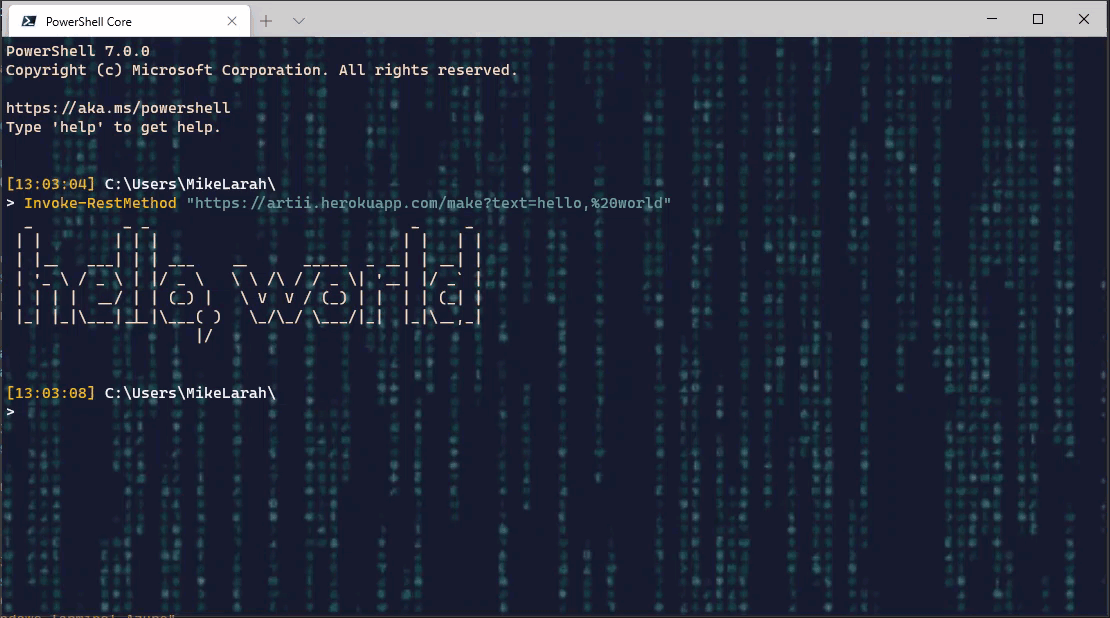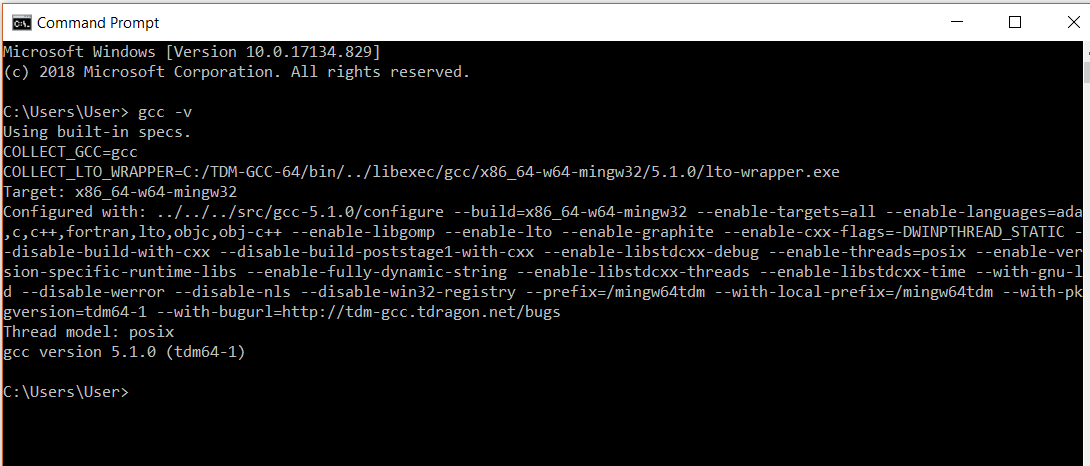
- HOW TO WRITE C CODE IN TERMINAL HOW TO
- HOW TO WRITE C CODE IN TERMINAL INSTALL
- HOW TO WRITE C CODE IN TERMINAL SOFTWARE
Start Visual Studio Code and open/create a project and create your C program here.

You may also check the official website for more information. bt: backtrack Print backtrace of all stack frames, or innermost COUNT frames. Use l line-number to view a specific line number (or) l function to view a specific function. Use gdb command l or list to print the source code in the debug mode. To open the terminal using the Ctrl+Alt+T shortcut key. Write a sample C program with errors for debugging purpose.
HOW TO WRITE C CODE IN TERMINAL INSTALL
If you want to see further information regarding the write system call, you have to install the manpages-dev package to do so.
HOW TO WRITE C CODE IN TERMINAL SOFTWARE
For other distributions, please check your Linux distribution’s package manager or software center. To run any C language code, you have to first install some packages in Linux distribution. It’s a hugely popular open source code editor from Microsoft.įirst thing first, install Visual Studio Code in Ubuntu from the software center. I am using Visual Studio Code editor in this example. These are basically text editors and you can install add-ons to compile and run programs directly from the graphical code editor. I recommend using an open source code editor like Visual Studio Code or Atom. You can use a proper C/C++ IDE like Eclipse or Code Blocks but they are often too heavy programs and more suitable for large projects. Not everyone is comfortable with command line and terminal and I totally understand that.
HOW TO WRITE C CODE IN TERMINAL HOW TO
Subscribe to our YouTube channel for more Linux videos Method 2: How to run C programs in Linux using a code editor like Visual Studio Code As you can see, this is not very different from running C++ programs in Linux.Įvery time you make a change in your program, you have to compile it first and then run the generated object file to run the C program. my_programĪnd it will display the desired output, if your program is correct. Once you have your object file generated, run it to run the C program. But this is not good because it will be overwritten for each C program and you won’t be able to know which program the a.out object file belongs to. If you won’t do that, an object file named a.out will be automatically generated. Keep in mind that it is optional to provide the output object file (-o my_program). Switch to directory where you have kept your C program (or provide the path) and then generate the object file by compiling the program: gcc -o my_program my_program.c

Now write your program, for your convenience I have given a sample program below, you can copy and paste it in gedit text editor.

After entering above code it will ask for password. In Debian and Ubuntu-based Linux distributions, use the apt command: sudo apt install gcc Enter the command given below in terminal window to open text editor. Under the Terminal menu, click on New Terminal. Now we need to open a new terminal to run some commands to initialize our project and get all the dependencies. You can install gcc using your distribution’s package manager. The project is created and the same appears under EXPLORER panel. The most popular compiler is gcc ( GNU Compiler Collection). In order to run a C program in Linux, you need to have a C compiler present on your systems. Method 1: How to run C programs in Linux terminal


 0 kommentar(er)
0 kommentar(er)
